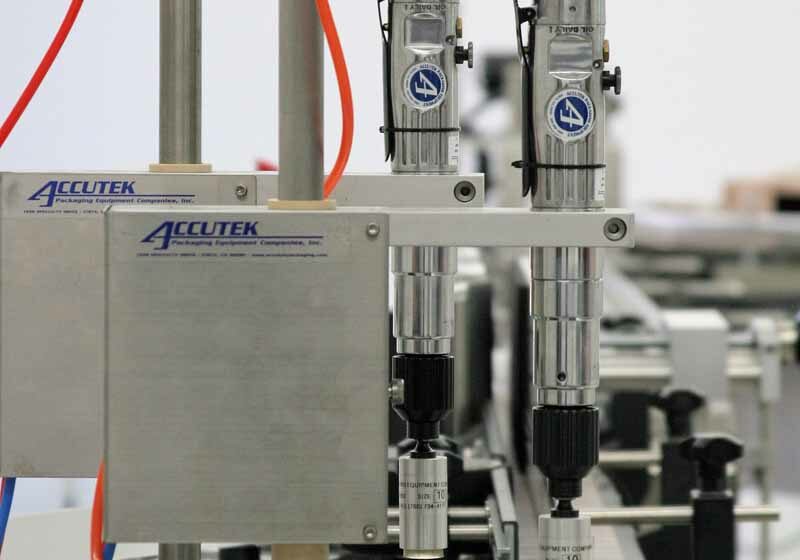Electronic cigarettes can be as effective as conventional cigarettes at delivering nicotine, especially when used by experienced vapers, according to a new study published in the American Journal of Health Behavior(https://doi.org/10.5993/AJHB.41.1.2).
The study was carried out as a collaboration between British American Tobacco and U.S.-based Los Angeles Clinical Trials (LACT).
Dr. Ian Fearon, head of clinical research at BAT said that the results of the study had shown that newer-generation electronic cigarettes were more effective than were first-generation devices at delivering nicotine. But smokers needed to be able to adapt their behavior in order to use them to best effect, at least with currently available products.
“Being as effective as cigarettes at delivering nicotine was important,” said Dr. Mitch Nides, president of LACT and a veteran researcher in smoking cessation. This was because it could be a factor in determining whether smokers were likely to continue to use electronic cigarettes in place of regular cigarettes.
In the study, scientists examined changes in blood nicotine from volunteers who used both cigarettes and electronic cigarettes and the results revealed that nicotine delivery from electronic cigarettes differed, according to the type of electronic cigarette used, who used them and how.
“Our results demonstrate that e-cigarettes are effective at delivering nicotine during brief use periods and new-generation devices are even better at it,” said Fearon. “However, elevation of blood nicotine levels during e-cigarette use was greater in experienced vapers compared to e-cigarette naïve smokers and under more real-world conditions, i.e. when the volunteer controlled how they used them.”
Participants in the first study were cigarette smokers who were familiar with but not current users of e-cigarettes,’ said a BAT press note. “They first smoked a typical cigarette for five minutes by taking a single puff every 30 seconds. After a 15-minute break, they smoked cigarettes freely for an hour. At specific time points during both smoking periods, blood samples were taken and participants were asked to rate how much they would like a cigarette. After two days, the procedure was repeated but with a Vype vPro ePen e-cigarette (a closed modular system).
“For these inexperienced (in e-cigarettes) smokers, e-cigarettes delivered less nicotine than [did] conventional cigarettes. During the five-minute defined puffing period, mean peak nicotine concentration from the e-cigarette was significantly lower [at 2.5ng/ml] than for a regular cigarette [13.4ng/ml], although the time to reach it was similar.
“During the free period, mean nicotine concentration reached using the e-cigarettes was higher at 5.9ng/ml, but still not as high as with cigarettes (14.9ng/ml). Both the cigarette and the e-cigarette reduced the urge to smoke.
“Participants in the second study were current vapers who occasionally smoked cigarettes. To start with, they smoked a single cigarette freely for five minutes; blood samples were taken at specific time points before, during and after. The participants were then given Nicolite (an old-style cig-a-like, non-rechargeable first-generation e-cigarette) to familiarize themselves with and, after two days, the procedure was repeated but with a second-generation e-cigarette, a Vype vPro ePen. After two days, the procedure was again repeated.
“For the vapers, mean peak blood nicotine concentration for the Vype e-cigarette was 7.8ng/ml compared to 7.2ng/ml for cigarettes. For Nicolites, mean peak blood nicotine concentration was 4.7ng/ml.
“These results demonstrate that the e-cigarettes, especially the newer models, can effectively deliver nicotine to experienced users. The results also suggest that the experience of study volunteers needs to be considered when planning and executing these kinds of studies to ensure the reliability of results.”

